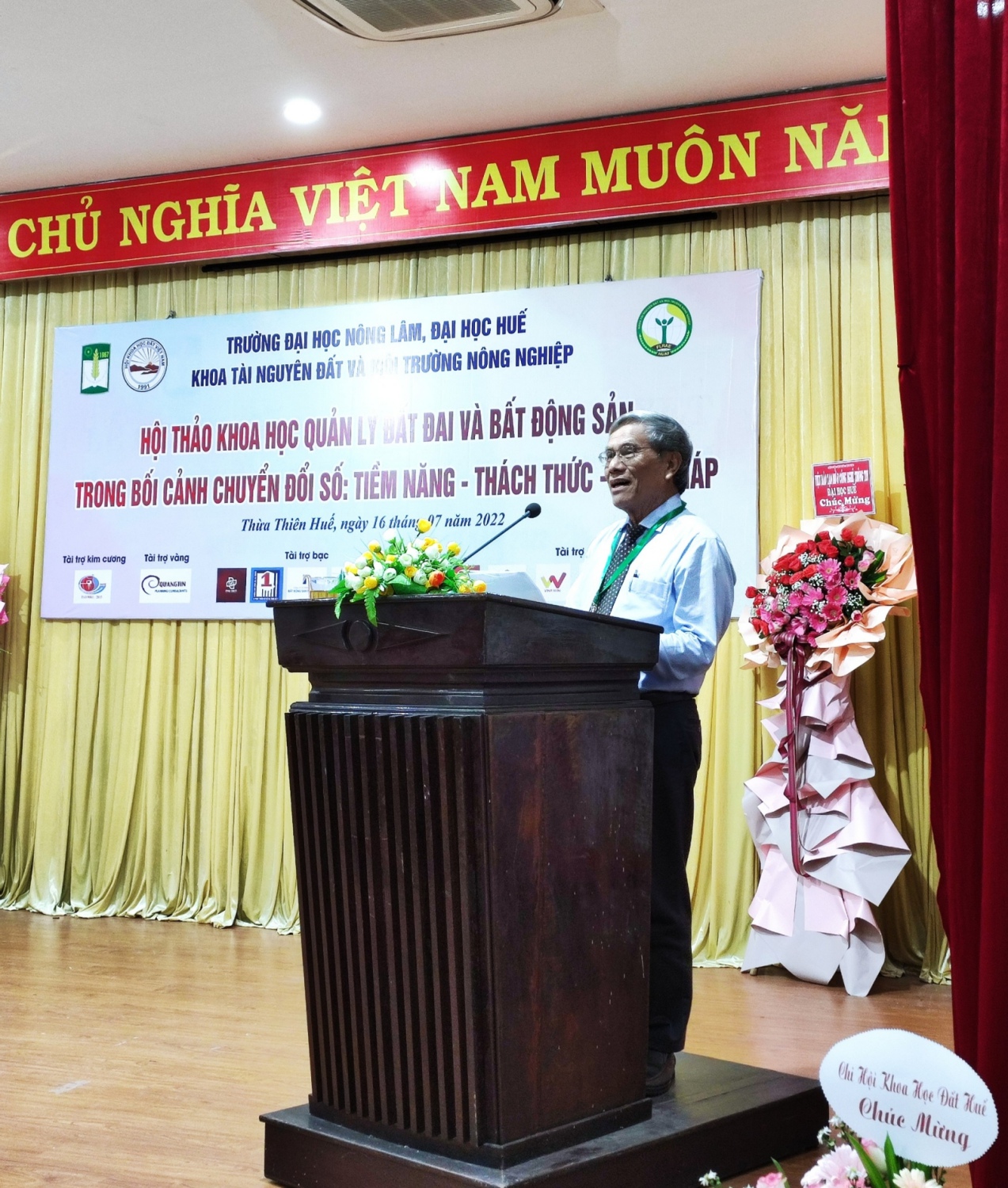Mai Văn Trịnh, Thái Phiên*
*Viện Thổ nhưỡng Nông hoá
Từ khoá: ứng dụng, mô hình hoá, nghiên cứu, định lượng, xói mòn, đất, Lương Sơn, Hoà Bình
Summary
Application of modeling for soil erosion research in Luong Son, Hoa Binh
The model has firstly simulated for 6 different cropping systems: natural fallow, improved fallow, hill rice, hill rice with mulching, hill rice with Tephrosia candida hedgerow and com-peanut with Tephrosia candida hedgerow. This model has been calibrated using observed soil loss data from the same condition 1996-1999. Soil erosion has been simulated for current land use in different time periods respond for land use dynamics in ha Binh as well in North of Vietnam. Results: traditional hill rice cultivation gives highest soil loss rate while much lower if farmer plant green hedgerow and use its residue for mulching as green manure. Fallow has very low soil loss rate but improved fallow showed a lot of advantages in preventing soil erosion and improving degraded sloping soil that resulted from long period of low input agriculture or short fallow shifting cultivation.
 Tạp chí
Tạp chí




